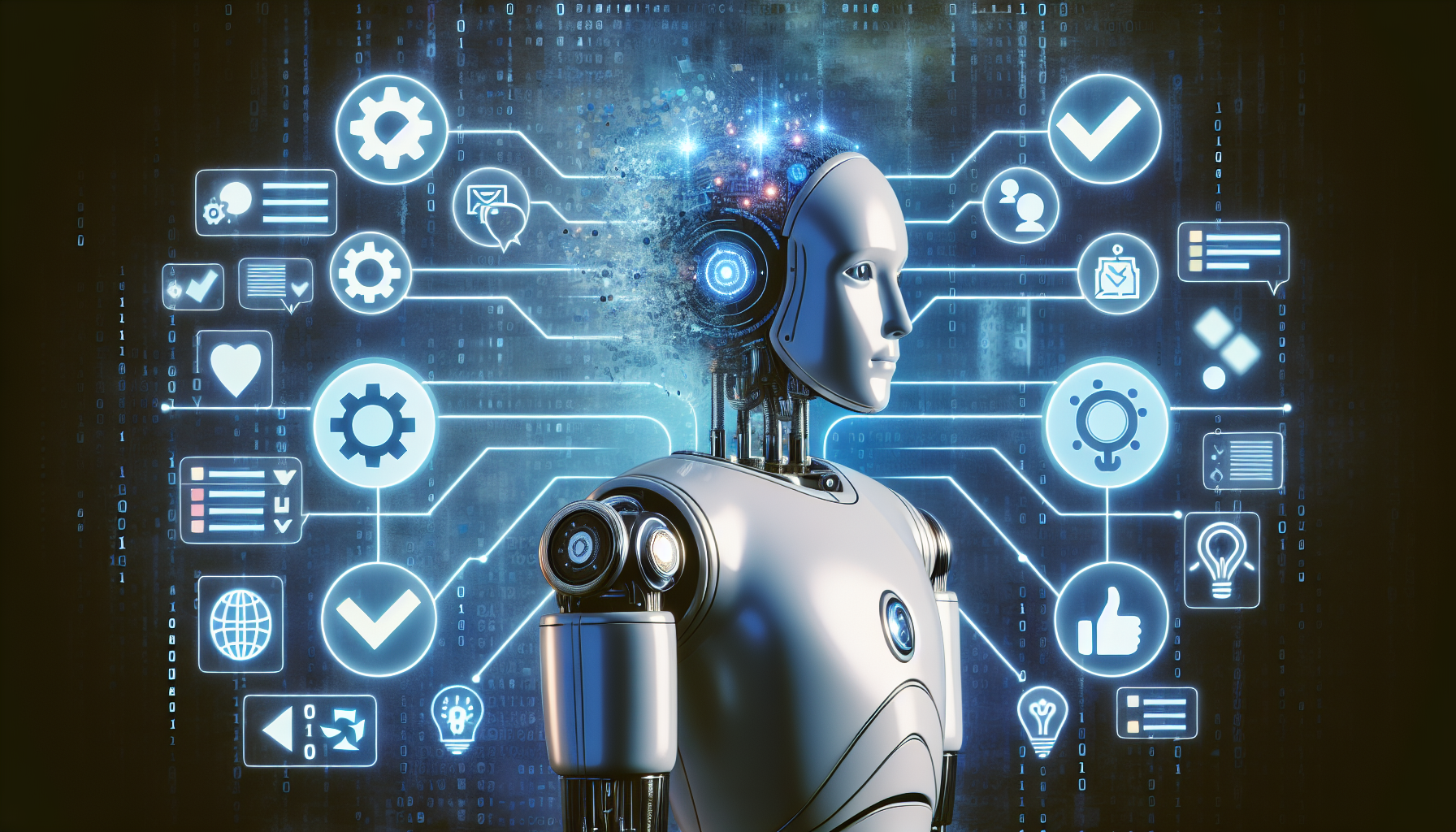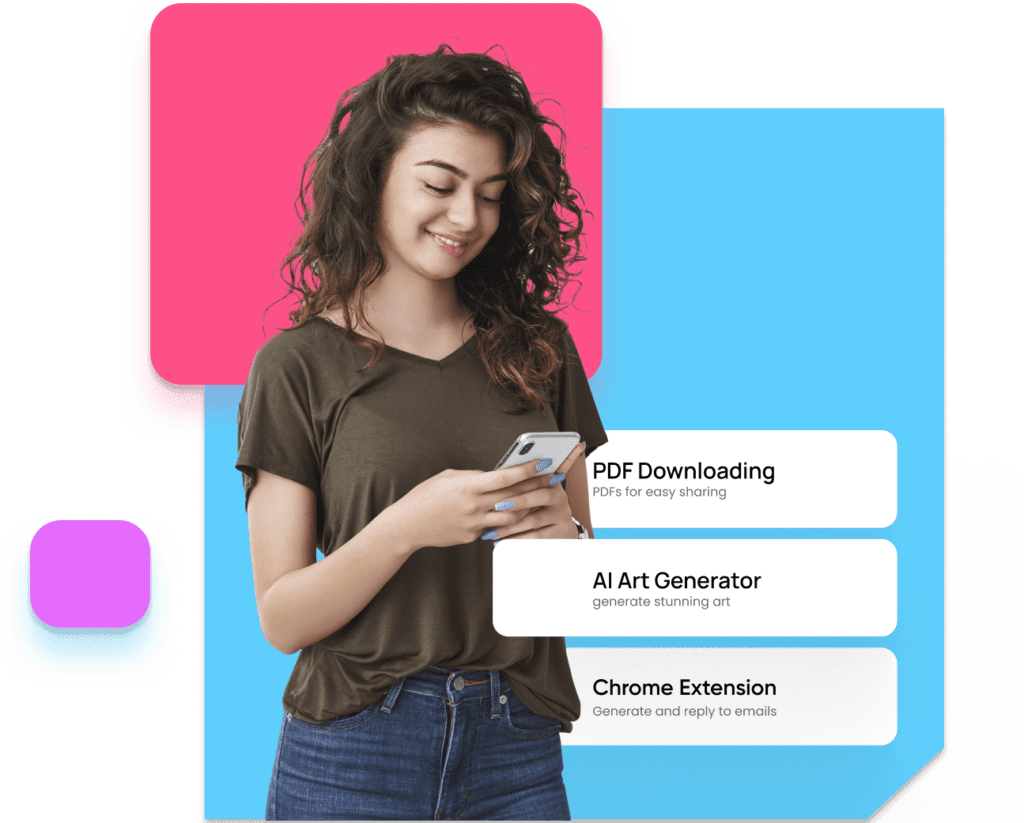Chatbots are AI-driven programs which are revolutionizing the way businesses interact with customers by providing quick, personalized responses without human intervention. With Apex’s launch of Zomani bot, based on 3K GPT-4 technology, in April 2023, the bar for chatbot capabilities has been significantly raised. AI chatbots that are more conversational, adaptable, and capable of understanding the nuances of human language.

The development of chatbots, like Zomani, Bard, ChatGPT, and others such as Chatsonic and Zoho Salesforce, shows a trend towards more personal, emotionally aware, and smoothly connected AI chatbot experiences in 2024. As these technologies improve, with features like natural language processing (NLP), they find more uses in customer service, education, and entertainment. This article will discuss the good and bad sides of chatbots, as well as real-life examples, and how they affect user experience and business efficiency.
What is a Chatbot?
A chatbot is like a computer program that starts working when certain conditions are met. It talks to people while they’re on websites, apps, or programs. It lets us have conversations with computers, websites, and apps as if they were real people.
Let’s see how chatbots can be useful:
Variety and Complexity:
- What they provide: These are basic programs that can give short responses to easy questions and offering information like store locations, operating hours, and product details.
- Advanced Virtual Assistants: On the other hand, there are advanced chatbots like Zomani that use learning algorithms and can be trained on data to provide personalized experiences to website users.
The Role of AI in Chatbots:
- Understanding Conversations: AI chatbots, often termed as “intelligent virtual assistants” or “virtual agents,” possess the ability to understand free-flowing conversations.
- Task Automation: These smart systems not only understand but also automate tasks, making processes more efficient and improving user satisfaction.
Through these points, it’s clear that chatbots represent a significant leap forward in how businesses and consumers interact, offering a blend of simplicity and sophistication that caters to a wide range of needs and preferences.
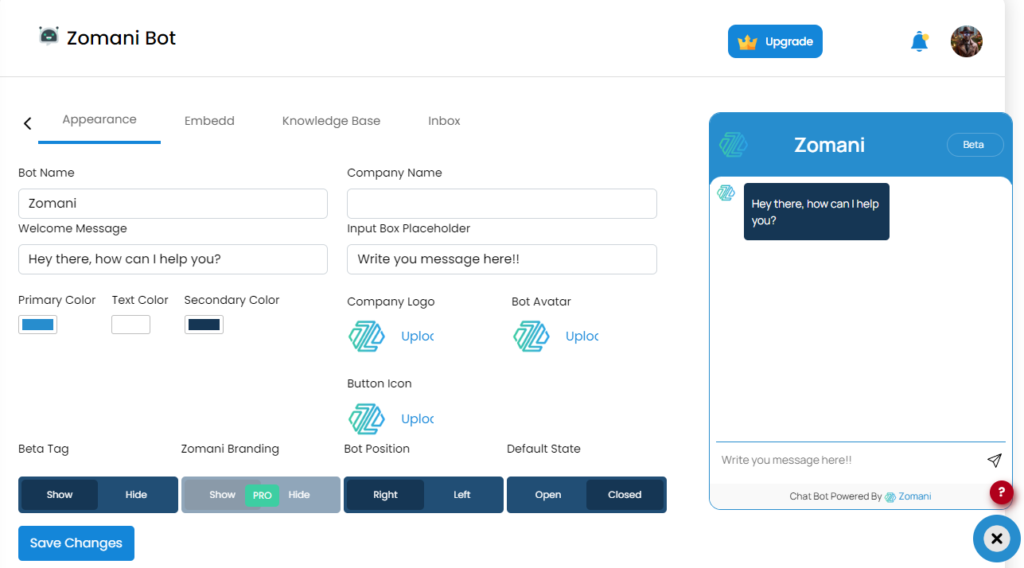
The Evolution of Chatbots
AI Chatbots have come a long way with extensive training and advancement. The transition of chatbots from basic programs to sophisticated AI-driven assistants demonstrates an fascinating evolution in technology and user interaction. Here’s a quick overview:
Early Beginnings:
In 1966, Joseph Weizenbaum at MIT crafted ELIZA, the first chatbot, using pattern matching to mimic conversation. This laid the foundation for future chatbots. Then, in 1972, Kenneth Colby developed PARRY, a chatbot simulating a person with paranoid schizophrenia (a pattern of behavior where a person feels distrustful and suspicious of other people and acts accordingly). This marked an early attempt at creating chatbots with unique personalities and conditions.

Advancements in Learning:

In 1995, Richard Wallace created A.L.I.C.E., which enhanced ELIZA by responding to unfamiliar phrases and using supervised learning, making it more interactive. Then, from 1988 to 2008, Rollo Carpenter’s Jabberwacky also known as Cleverbot, shifting from a rule-based approach to unsupervised learning, improving its conversational skills. Finally, in 2013, Mitsuku, developed by Steve Worswick and a repeated winner of the Loebner prize, represents the pinnacle of supervised learning in chatbots, offering highly human-like interactions.
Mainstream Adoption and AI Integration:
The introduction of Siri in 2011, followed by Amazon Alexa in 2015 and Google Assistant in 2016, brought conversational AI to everyday devices, becoming a significant shift in integrating it into people’s daily lives. In the late 2010s, generative AI chatbots like ChatGPT emerged, capable of understanding natural language and generating creative text. These chatbots have various applications, including composing email responses and summarizing past interactions in customer service centers.
This Progress from basic pattern-matching chatbots to sophisticated AI-driven assistants underscores the rapid advancements in machine learning, natural language processing, and user experience design. Each stage of development has significantly contributed to making chatbots more intuitive, helpful, and seamlessly integrated into our digital lives.
How Chatbots Work
Understanding how chatbots work is crucial for recognizing their role in today’s digital world. Their operation can be divided into two main categories based on their complexity and capabilities:
Types of Chatbots:

Simple Chatbots:
These chatbots are basic programs that respond to specific commands or questions with pre-set answers. While they can handle individual queries without needing to understand context or user intent, their limitations lie in their inability to engage in complex conversations or offer personalized responses. As a result, they are best suited for simple tasks such as answering frequently asked questions (FAQs).
Advanced Digital Assistants:
Advanced chatbots are designed to learn and improve over time, integrating multiple single-purpose chatbots into one system to perform tasks while maintaining context. By analyzing data, they offer high levels of personalization, handling complex tasks and providing tailored responses to users.
Working Mechanism:
Chatbots are normally used for two types of tasks:
- Task-Oriented (Declarative) Chatbots are built to finish particular tasks following user instructions. They stick to set rules and work well for simple tasks.
- Data-Driven and Predictive (Conversational) Chatbots, on the other hand, utilize AI to grasp and predict user needs. They use machine learning to improve their responses over time, making them more conversational and intuitive.
This distinction showcases the versatility of chatbots and their potential to revolutionize digital communication and interaction.
Key Technologies Behind Chatbots
The technologies that drive chatbots are varied and intricate, enabling them to serve a wide array of functions, from simple tasks to complex problem-solving. The key technologies include:
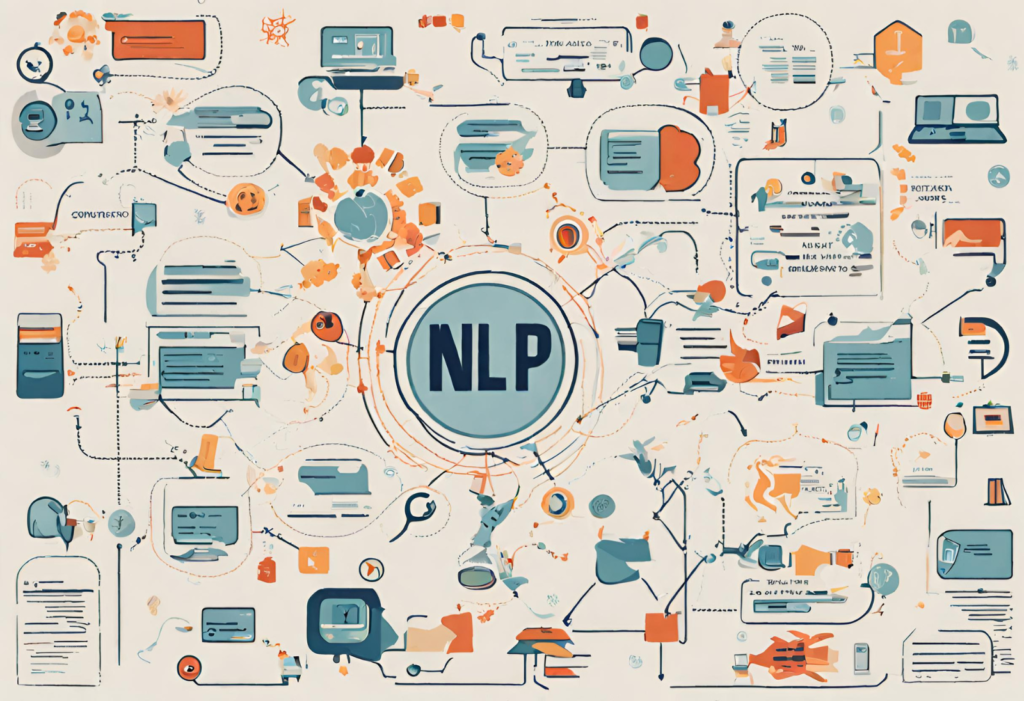
- Natural Language Processing (NLP) and Understanding (NLU): These are central to AI-powered chatbots, enabling them to understand and interpret human language. NLP breaks down the user’s input into understandable parts, while NLU identifies the intent behind the input, leading to more accurate responses.
- Natural Language Generation (NLG): Working alongside NLP and NLU, NLG allows chatbots to generate responses that sound human-like, making interactions smoother and more natural.
- Machine Learning and Neural Networks: These technologies enable chatbots to learn from interactions, enhancing their responses over time. Machine learning algorithms adjust the chatbot’s behavior based on user interactions, while neural networks mimic human brain functions to process data and make decisions.
- Speech Recognition and Text-to-Speech (TTS): For voice-enabled chatbots, speech recognition technology converts spoken language into text, enabling the chatbot to understand the query. Conversely, TTS technology transforms the chatbot’s text responses into spoken words, enhancing the user experience through auditory interactions.
By utilizing these technologies, chatbots can deliver personalized and efficient interactions, whether it’s through text-based platforms or voice channels. The ongoing advancements in these areas promise even more sophisticated and intuitive chatbot experiences in the future.
Different Types of Chatbots and Their Applications
Chatbots have become an integral part of both consumer and business environments, offering a range of functionalities tailored to various industries. Understanding the differences between the types of chatbots and their specific applications can provide insights into how they’re transforming the digital interaction landscape. Let’s get into the types of Chatbots:
Types of Chatbots:
- Task-Oriented (Declarative) Chatbots:
- Function: Perform specific functions based on set commands.
- Environment: Ideal for both B2C and B2B for handling simple tasks.
- Examples: Customer service FAQs, appointment scheduling.
- Data-Driven and Predictive (Conversational) Chatbots:
- Function: Offer personalized and interactive experiences by learning from user interactions.
- Environment: Suited for environments requiring complex problem-solving and personalization.
- Examples: Personal shopping assistants, virtual personal assistants.
Applications Across Industries:
With the rise in Chatbots, the industries that can utilize them are expanding rapidly. Some of the industries that are utilizing Chatbots include:
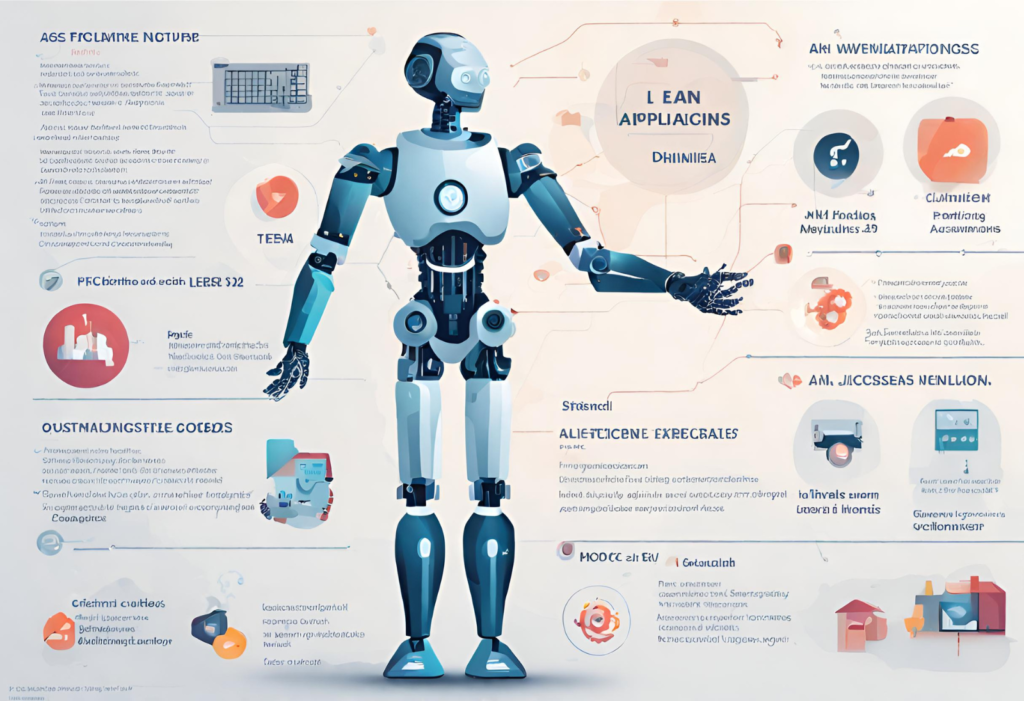
- Online Shopping and Retail:
- Chatbots assist customers in finding products, checking out, and tracking orders, enhancing the shopping experience. They can also help to convert a visitor by using certain triggers and patterns.
- Customer Service:
- There is no down time with chatbots as they provide 24/7 support, handling inquiries and resolving issues promptly.
- Healthcare:
- From scheduling appointments to providing medication reminders, chatbots in healthcare offer convenience and support for patients and healthcare providers.
- Banking, Financial Services, and Insurance (BFSI):
- Chatbots in BFSI streamline operations by handling transactions, offering financial advice, and answering customer queries.
- Utilities:
- In the oil, gas, and utility sectors, chatbots facilitate bill payments, service inquiries, and outage reporting.
Platform Integration:
- Chatbots are not confined to a single platform but can be integrated across various channels like Facebook Messenger, Slack, Telegram, Skype, SMS, and websites, ensuring accessibility and convenience for users.
By leveraging task-oriented and data-driven chatbots, industries are not only able to improve operational efficiency but also significantly enhance the customer experience. The adaptability of chatbots across different platforms further underscores their versatility and potential to revolutionize digital interactions in numerous sectors.
Benefits of Using Chatbots in Business
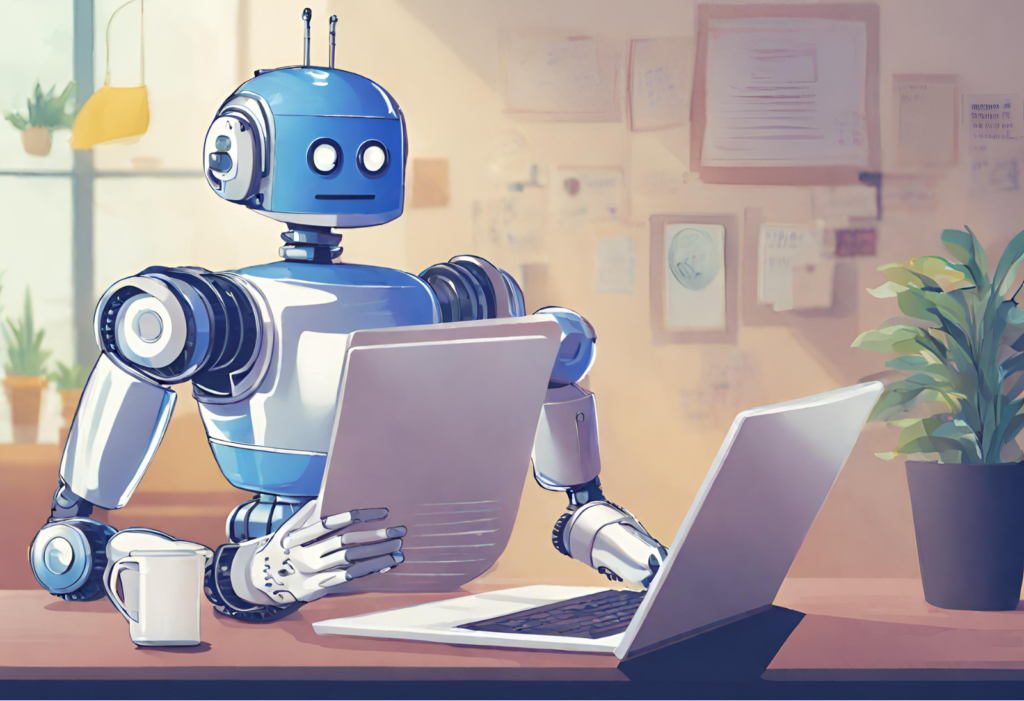
Chatbots offer a multitude of benefits for businesses, streamlining operations and enhancing customer interactions. Here’s a closer look at how they contribute to business efficiency and customer satisfaction:
Operational Efficiency and Cost Savings:
- 24/7 Availability: Chatbots provide round-the-clock support, ensuring customers have access to assistance even outside of traditional business hours.
- Handling Multiple Queries: Capable of managing numerous conversations simultaneously, chatbots alleviate the pressure on human staff, allowing them to focus on more complex tasks.
- Cost Reduction: By automating routine inquiries and tasks, chatbots significantly lower operational costs and the need for a large customer service team.
Enhanced Customer Experience:
- Immediate Responses: Chatbots reduce wait times by offering instant replies to customer queries, improving overall satisfaction.
- Personalization: AI-powered chatbots can deliver personalized experiences by leveraging customer data, making interactions more relevant and engaging.
- Global and Multilingual Support: They break down language barriers, providing support in multiple languages and thus reaching a wider audience.
Business Growth and Insights:
- Lead Generation and Qualification: Chatbots can collect leads, qualify them based on customer journey analysis, and direct them to appropriate sales teams, enhancing the sales process.
- Customer Data Analysis: They monitor and analyze consumer behavior, offering valuable insights that can inform business strategies and improve product offerings.
- Scalability: Chatbots enable businesses to easily scale their operations to new markets without a proportional increase in support costs, facilitating global expansion.
Incorporating chatbots into business operations not only streamlines customer service processes but also contributes to a more dynamic and responsive customer engagement strategy. Through their ability to provide immediate, personalized support across various languages and time zones, chatbots play a crucial role in enhancing the customer experience, driving operational efficiency, and supporting business growth.
Building an Effective Chatbot
Building an effective chatbot involves understanding its complexity and the tools available for its creation. Chatbots can be broadly categorized into two types based on their memory capabilities: stateless and stateful. Stateless chatbots treat each interaction as independent, while stateful chatbots can remember past interactions, offering a more personalized experience. The choice between a stateless or stateful chatbot should align with the specific objectives and determination of success metrics for the chatbot.
You can create both type of Chatbot with Zomani. Check this blog to create Zomani bot: Click here to create Zomani Bot
Chatbots and Customer Experience
Chatbots have revolutionized the way businesses interact with customers, significantly enhancing the customer experience through various means. Here’s an in-depth look at how chatbots contribute to customer satisfaction and business efficiency:
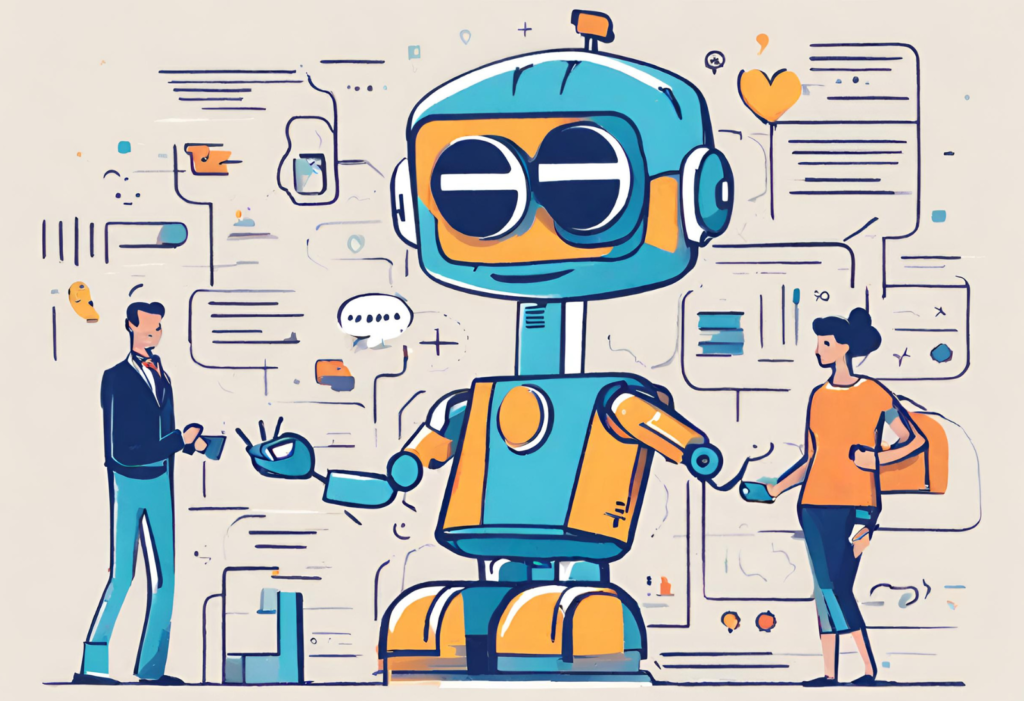
Immediate and Responsive Service:
Chatbots offer quick responses to customer questions, cutting down on wait times and boosting satisfaction. They excel at handling common queries like business hours or transactions, ensuring customers get answers right away. Since chatbots can handle multiple inquiries at once, they provide faster service than human agents, who can only help one customer at a time. This speediness helps maintain a positive brand image by preventing customers from waiting too long.
Personalized Customer Interactions:
Using advanced technologies like NLP and machine learning, chatbots collect and analyze conversation data to offer personalized experiences to customers, such as recommending products and addressing them by name. These personalized interactions enhance engagement and cater to individual needs. Additionally, chatbots can detect human emotions, allowing them to escalate complex interactions to human support when necessary, ensuring customers receive appropriate care and attention, particularly in sensitive situations.
Omni-Channel Support and Proactive Service:
Chatbots help customers on different platforms like voice calls, texts, and emails, ensuring they get support where they prefer. They can also reach out first based on customer actions or offer aid if a customer seems stuck on a website, preventing issues from getting worse and making customers happier.
By leveraging chatbots, businesses can not only make their brand more interactive and accessible around the clock but also mine valuable customer data to optimize operations and back-end processes. The ability to utilize cross-channel communication, integrate with external systems, and provide rich messaging options are just some of the ways chatbots are transforming the customer experience in today’s digital age.
Challenges and Limitations of Chatbots
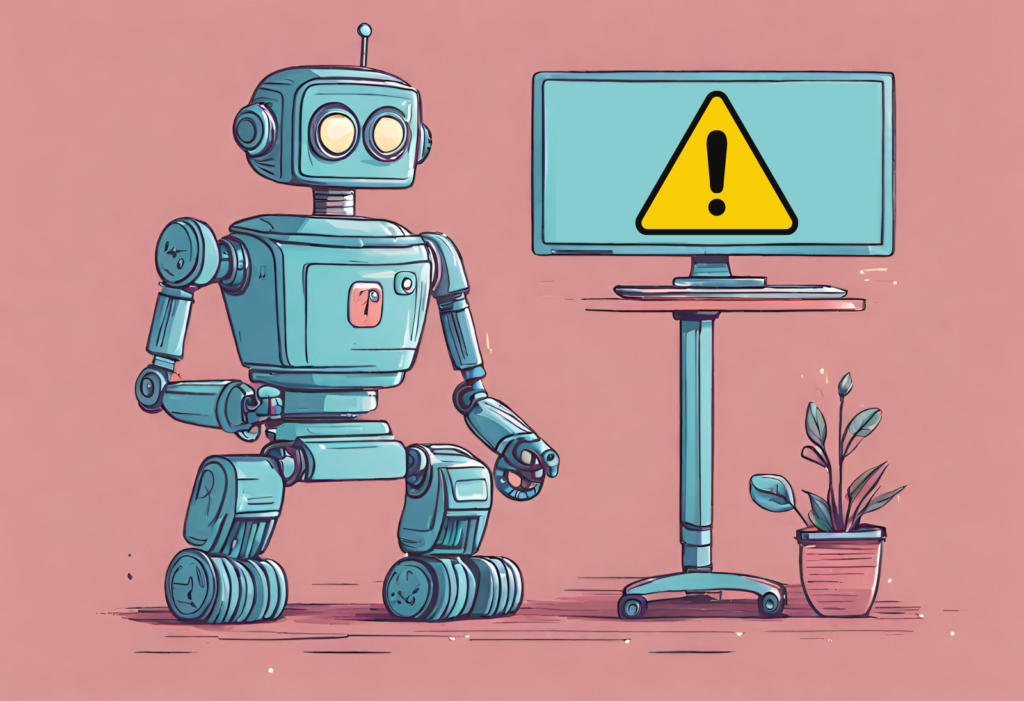
The challenges and limitations associated with chatbots primarily revolve around the artificial intelligence (AI) and data that power them. While AI excels in automating tasks that are repetitive and mundane, there are areas where chatbots may not perform as expected:
Understanding Complex Queries:
AI-driven chatbots are designed to handle various customer inquiries, but they may struggle with complex questions that go beyond their programmed knowledge or need nuanced understanding. This can frustrate customers when chatbots fail to give satisfactory answers or misunderstand the questions.
Adaptation to New Situations:
The ability of chatbots to adapt to new or unforeseen situations is another area of concern. Since chatbots operate based on pre-existing data and algorithms, introducing new products, services, or policies can pose a challenge. Chatbots may require additional programming and data input to accurately respond to queries related to these new introductions.
Personalization and Emotional Connection:
While chatbots can automate responses and handle multiple customer interactions simultaneously, creating a personalized experience for each user is challenging. Chatbots may not fully replicate the emotional intelligence and empathy that human customer service representatives offer. This limitation can impact customer satisfaction, especially in situations requiring sensitivity and understanding of complex emotional cues.
Future of Chatbots
The future of chatbots is shaping up to be an integral part of the digital landscape, with significant growth and advancements on the horizon. Here’s what we can expect in the near future:
Market Growth and Business Integration:

- According to DataHorizzon Research, The chatbot market size was valued at USD 4.6 Billion in 2022 and is expected to reach USD 32.4 Billion by 2032 at a CAGR of 21.6% showing tremendous potential and demand.
- Approximately 1.5 billion people globally are predicted to use chatbots by 2027, making them a primary channel for customer service in one-fourth of businesses.
- With the potential to save up to 50% in customer support costs, chatbots are becoming indispensable for businesses of all types, offering real-time support and personalized product recommendations.
Technological Advancements:
- Chatbots are evolving to offer more advanced problem-solving capabilities, adaptability, and emotional intelligence, making interactions more human-like.
- Voice bots are gaining popularity, providing customization opportunities and real-time data insights, which are key drivers for improved customer engagement and loyalty.
- The integration of AI and machine learning is expected to introduce new levels of text and voice-enabled user experiences, making chatbots more efficient and capable of understanding user behavior through better sentiment analysis.
Impact on Customer Service and Efficiency:
- Chatbots are set to become versatile assistants across various industries, facilitating seamless interactions between businesses and customers through AI-driven conversations.
- They are expected to provide 24-hour service, instant responses, and quick answers to simple questions, supplementing human workforces and bridging gaps between business communication channels.
- The rise of messaging platforms as a growth driver for chatbots signifies a shift towards more interactive buying experiences, encouraging shoppers to engage with chatbots for a more personalized shopping journey.
These projections indicate a robust future for chatbots, driven by technological innovation, market growth, and an increasing reliance on digital assistants for enhancing customer experiences and operational efficiencies.
Conclusion
As the digital world keeps evolving, chatbots lead the way in transforming how businesses engage with customers. From basic responders to advanced AI assistants offering personalized experiences, chatbots show immense potential in improving efficiency and satisfaction. Though challenges persist in making chatbots more understanding and empathetic, advancements in AI and machine learning offer hope for even better interactions. Chatbots have the power to revolutionize customer service, streamline operations, and drive growth, making their integration crucial for businesses. As digital assistants become more common, embracing these technologies becomes essential for staying competitive and meeting customer demands.
This article has explored their history, benefits, challenges, and bright future, highlighting their vital role in modern communication and various industries. To see the capabilities of intelligent chatbots firsthand and how they can benefit your business, try Zomani now.
FAQs
What is the best AI chatbot?
Zomani is an AI-powered bot capable of responding to questions and prompts in any given format. It is designed to create humanly conversations and can generate various types of content, such as articles, social media posts, essays, emails. We think Zomani is the best AI chatbot of at this time.
What is a Chatbot and how does it work?
A chatbot is an AI-driven program designed to simulate human conversation through text or speech interactions. It works by analyzing user input, processing it using natural language processing (NLP) algorithms, and generating appropriate responses based on predefined rules or machine learning models.
What are the advantages and disadvantages of using chatbots?
Chatbots are designed to reduce errors by using pre-written information, intelligent algorithms, and programming to ensure accurate data output. This is in contrast to human customer support representatives, who can sometimes make mistakes when providing information to customers.
How do AI-driven chatbots differ from traditional chatbots?
AI-driven chatbots can understand and respond to user queries more intelligently and dynamically compared to traditional rule-based chatbots. They offer personalized experiences, adapt to user behavior, and continuously improve over time.
What are the benefits of using chatbots?
Chatbots offer round-the-clock support, handle multiple queries simultaneously, reduce operational costs, provide instant responses. It also offer personalized experiences, and gather valuable customer data, ultimately enhancing efficiency and satisfaction.
What are the challenges and limitations of chatbots?
Challenges include difficulties in understanding complex queries beyond their programmed knowledge, adapting to new situations, and replicating human emotional intelligence and empathy. These limitations can impact customer satisfaction, especially in sensitive interactions.
What is the future outlook for chatbots?
The chatbot market is expected to grow significantly, driven by advancements in AI, machine learning, and increasing demand for digital assistants. Future chatbots are anticipated to offer more advanced problem-solving capabilities, emotional intelligence, and seamless integration across platforms.
How can businesses effectively implement chatbots?
Businesses can implement chatbots like Zomani by identifying their specific objectives, integrating them across various channels, training them with relevant data, monitoring their performance, and continuously optimizing their capabilities to meet customer needs and improve operational efficiency.
What are the main categories of chatbots?
There are several distinct types of chatbots, which include:
- Menu or button-based chatbots
- Rules-based chatbots
- AI-powered chatbots
- Voice chatbots
- Generative AI chatbots


